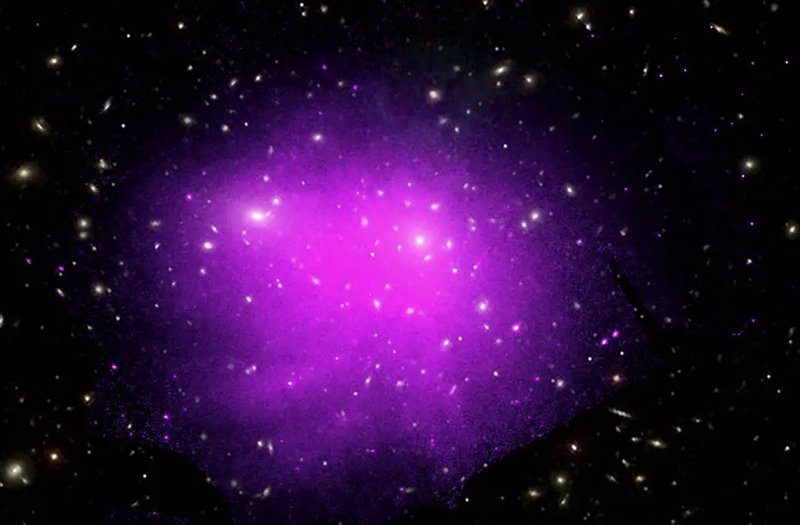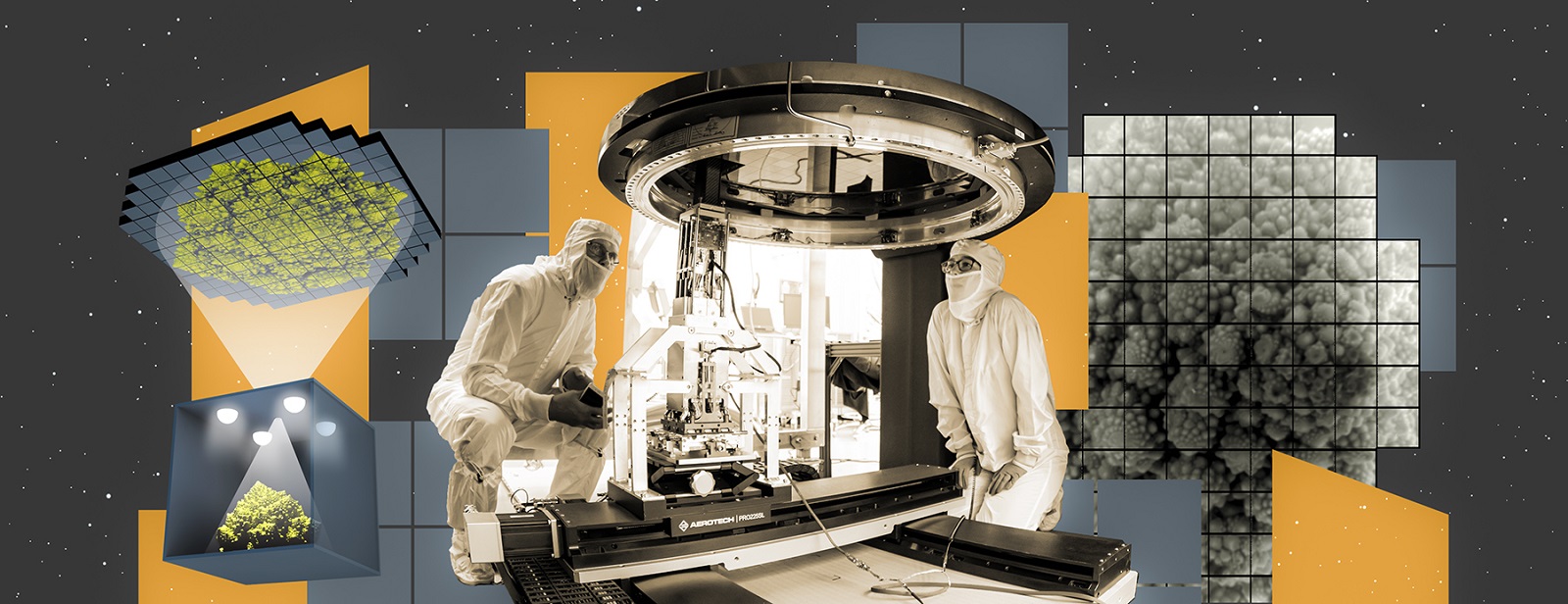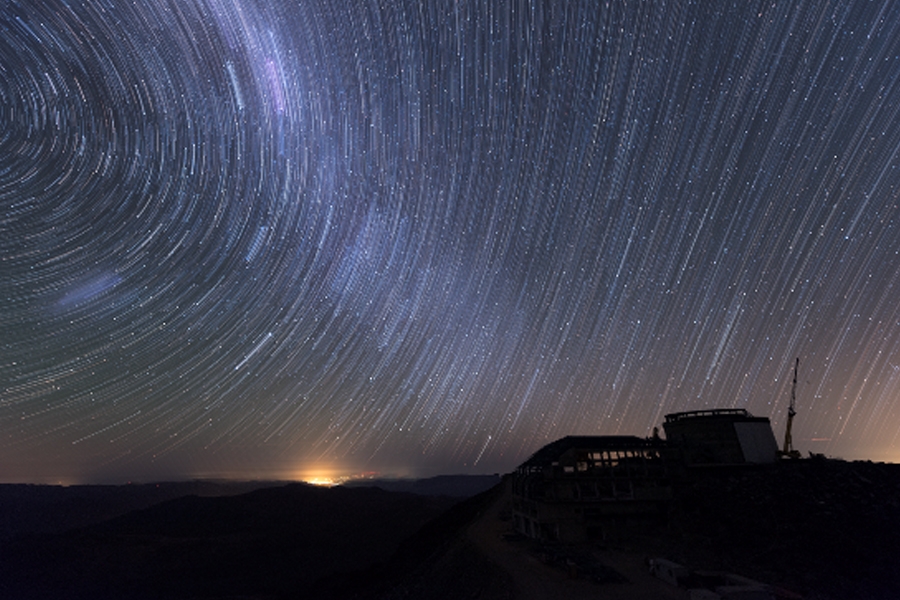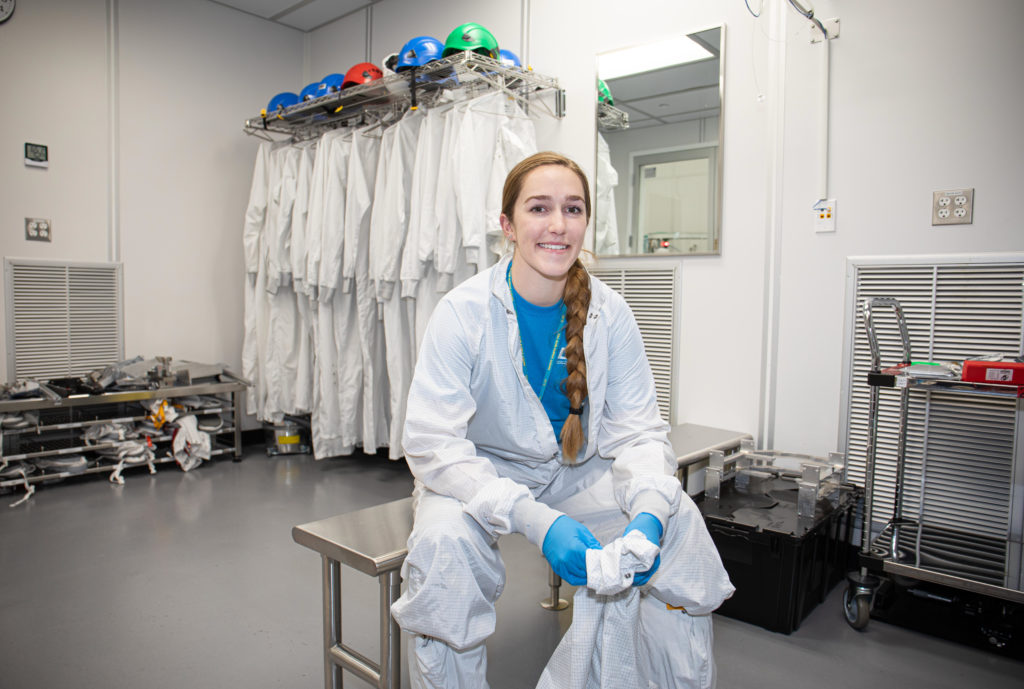Photons, neutrinos, cosmic rays and gravitational waves all carry information about the Universe. Multi-messenger astronomy brings together these four signals to investigate astronomical events from multiple cosmic perspectives.
Tag: LSST
La visión incomparable del Observatorio Rubin revolucionará la astronomía
Fotones, neutrinos, rayos cósmicos y ondas gravitacionales son los cuatro mensajeros que portan información crucial sobre las características del Universo y que permiten investigar los fenómenos astronómicos desde múltiples perspectivas cósmicas. Gracias a su avanzada tecnología, la cámara del Observatorio Rubin va a incrementar la cantidad de fuentes de mensajeros múltiples que se conocen, para obtener datos detallados de eventos específicos, localizando estos sucesos para que otros telescopios puedan realizar seguimientos.
Instalan espejo secundario de forma exitosa en el Observatorio Rubin
El espejo secundario de 3,5 metros de diámetro fue recientemente instalado de forma exitosa en el Telescopio de Rastreo Simonyi del Observatorio Vera C. Rubin, que se ubica en el Cerro Pachón, en la Región de Coquimbo, Chile. El vidrio del espejo, que fue construido por la compañía Corning Advanced Optics y pulido por la empresa L3Harris Technologies, es el primer componente permanente del sistema óptico de última generación que se instala en el telescopio, el que muy pronto ayudará a tener una mejor comprensión de nuestro Universo.
NSF–DOE Rubin Observatory’s Secondary Mirror Installed
Vera C. Rubin Observatory’s 3.5-meter secondary mirror has been installed on the Simonyi Survey Telescope on Cerro Pachón in Chile.
The Largest Digital Camera Ever Built for Astronomy Makes Its Debut
On screensaver mode, smart TVs often rotate through photos of natural wonders, from waterfalls to canyons. Now imagine hundreds of those televisions, with one single image spread out among them.
SLAC completes construction of the largest digital camera ever built for astronomy
After two decades of work, scientists and engineers at the Department of Energy’s SLAC National Accelerator Laboratory and their collaborators are celebrating the completion of the Legacy Survey of Space and Time (LSST) Camera.

Testing the Evolution of the Universe with Galaxy Clusters
100 billion – there are at least that many stars in our Milky Way. It seems like an unimaginable number. Yet astrophysicists study structures in our universe that are far bigger than galaxies alone.
El Observatorio Rubin impulsará una nueva era en misiones espaciales sin salir de la tierra
El Observatorio Vera C. Rubin ayudará a los científicos a identificar objetivos intrigantes para dar prioridad a futuras misiones espaciales, mediante la detección de millones de nuevos objetos en el Sistema Solar y revelar, con el mayor detalle jamás visto, el contexto más amplio en el que existen.
Rubin Observatory will Inspire a New Era in Space Missions without Ever Leaving the Ground
Vera C. Rubin Observatory will help scientists identify intriguing targets to prioritize for future space missions by detecting millions of new Solar System objects, and by revealing — in more detail than we’ve ever seen — the broader context in which these objects exist.

Jeffrey Newman: Then and Now / 2010 Early Career Award Winner
Physics professor Jeffrey Newman at the University of Pittsburgh is improving the methods for calculating the distances and developing target strategies for Dark Energy Spectroscopic Instrument experiments. These activities are supporting the search for answers about dark energy.

Sensors of world’s largest digital camera snap first 3,200-megapixel images at SLAC
Crews at the Department of Energy’s SLAC National Accelerator Laboratory have taken the first 3,200-megapixel digital photos – the largest ever taken in a single shot – with an extraordinary array of imaging sensors that will become the heart and soul of the future camera of Vera C. Rubin Observatory.

Stargazing with Computers
Astrophysicists supported by the Department of Energy’s Office of Science are developing these guides in the form of computer models that rely on machine learning to examine the LSST data.

A day in the life of a telescope camera assembler
The LSST camera is the biggest digital camera ever constructed for ground-based astronomy. Within the year, Hannah and her teammates will finish assembling and testing the camera and it will be shipped to its home at the summit of Cerro Pachón in Chile.